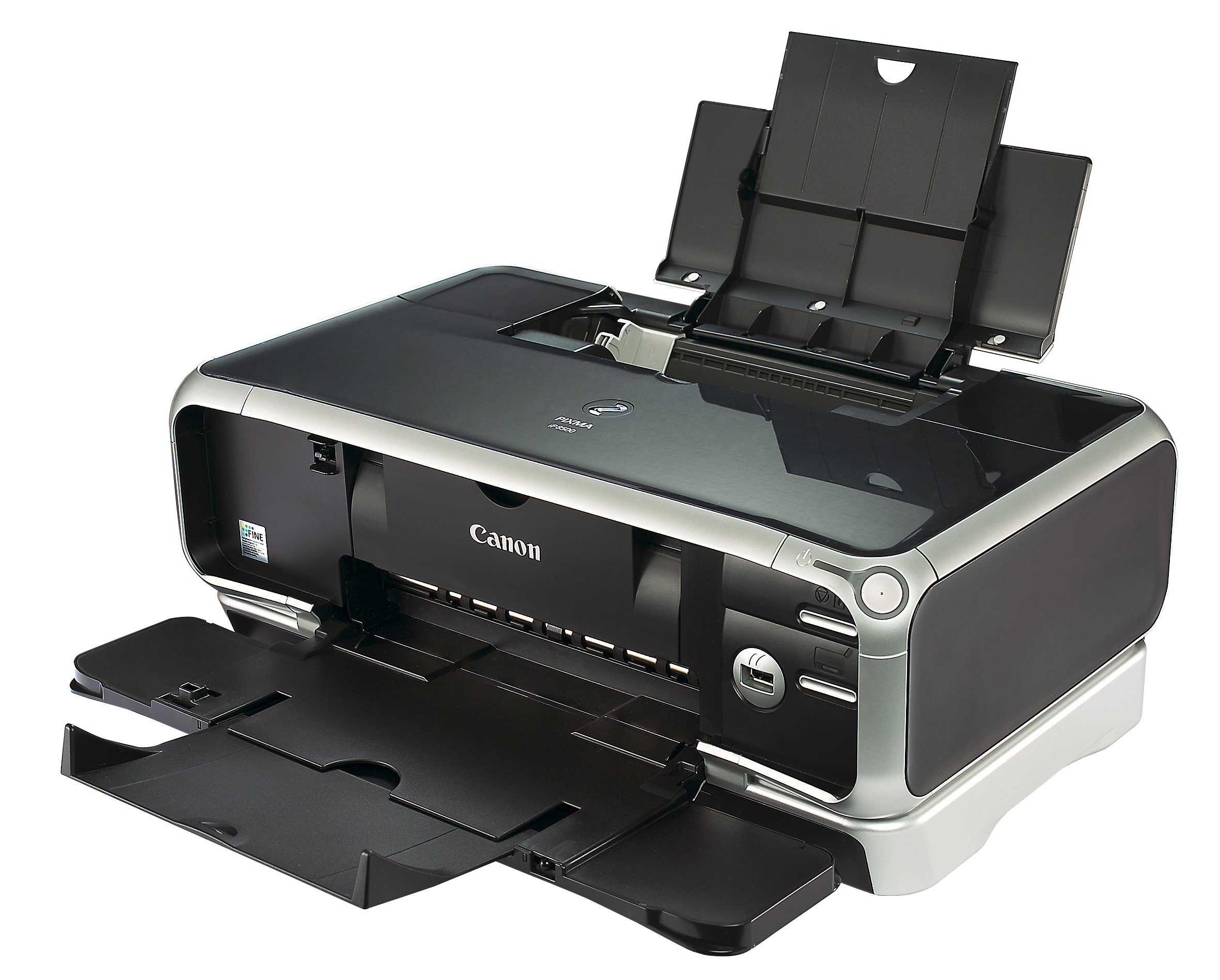TechRadar Verdict
Superb colour quality, luxuriant glossy media and every feature you could want
Pros
- +
Rich colours
Good profiles
Built-in CD tray
Dual paper trays
Wide gamut
Cons
- -
Lightfast issues
Why you can trust TechRadar
As Canon printers go, this is the undisputed king of the A4 jungle. There are eight inks to provide a wide colour gamut: Canon's ChromaPLUS system introduces two extra colours to the regular five-colour set-up with vivid green and red cartridges. All the other great Pixma features are included, too. So, for your money you have a top-of-the-range photo printer and the built-in convenience of two paper trays, duplexing and CD printing.
Unlike Epson's top-range photo printers, the iP8500 still uses dye-based ink rather than the pigment variety. This has some consequences when it comes to the lightfastness of the prints it produces. Canon reckons that if used with its own Photo Paper Pro media, the iP8500 will be fade-resistant for about 27 years if displayed under controlled conditions and behind glass. All these figures are estimates, and some users have reported quicker fading.
The advantage of dye-based inks is the superb colour gamut and the glossy finish. They're certainly impressive and, with a constant 2-picolitre droplet size and a print resolution of 4,800x2,400dpi, it's hard to tell whether the output has come from an inkjet or conventional silver-halide lab. For us, the colour fidelity is virtually faultless using the supplied ICC profile on Canon's Photo Plus glossy paper. Black and white prints are, however, a bit on the green side under artificial lights.
There's no doubt that the iP8500 is Canon's best A4 printer, but it is a serious cost keeping eight cartridges topped up. There is a domino effect: every time you replace one cartridge there's a purging process that wastes ink, which can cause a chain reaction with other nearempty cartridges. However, the good news is that replacement inks are a reasonably priced.
Sign up for breaking news, reviews, opinion, top tech deals, and more.
Tech.co.uk was the former name of TechRadar.com. Its staff were at the forefront of the digital publishing revolution, and spearheaded the move to bring consumer technology journalism to its natural home – online. Many of the current TechRadar staff started life a Tech.co.uk staff writer, covering everything from the emerging smartphone market to the evolving market of personal computers. Think of it as the building blocks of the TechRadar you love today.
